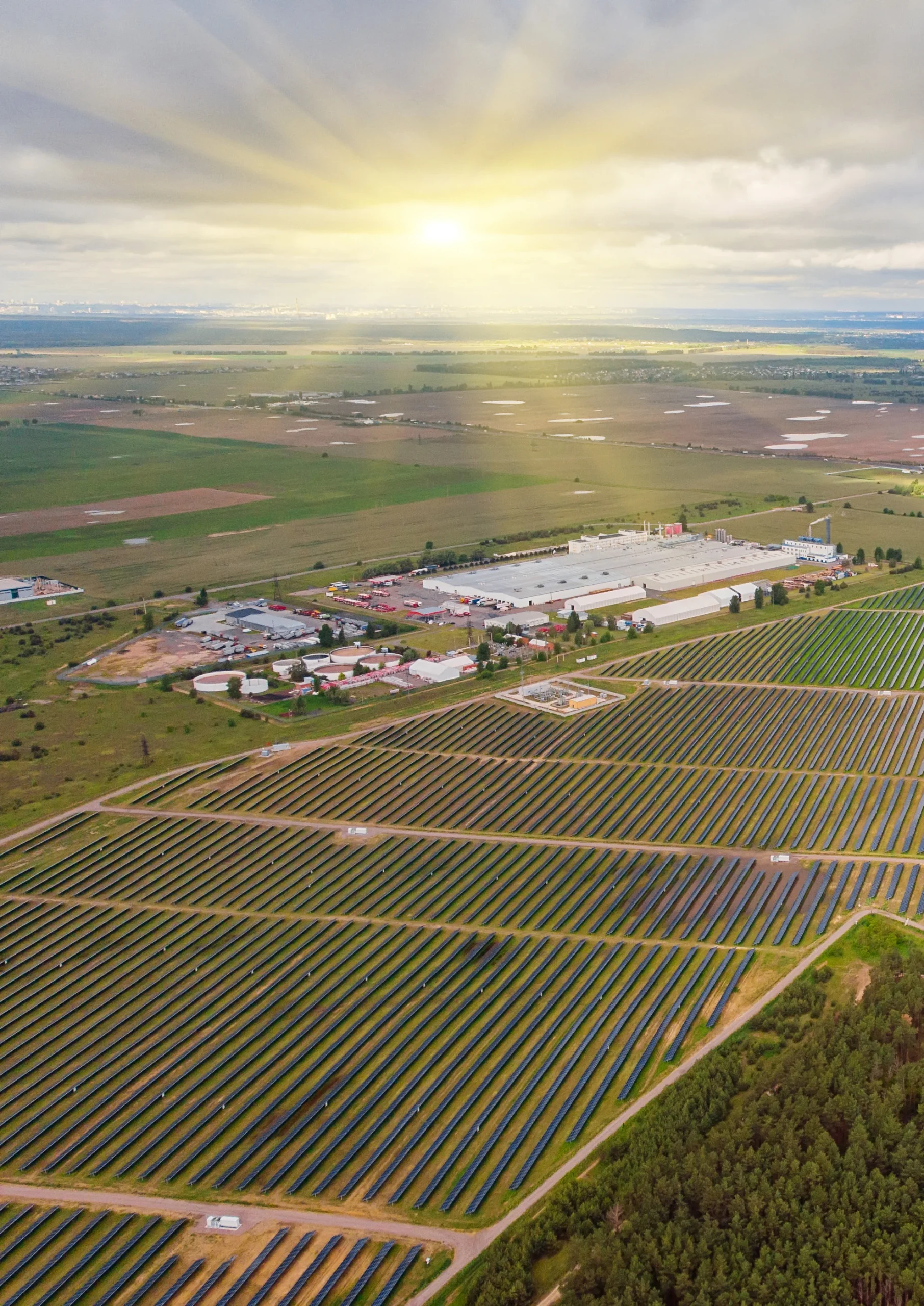The agricultural sector, a cornerstone of global economies, is a voracious consumer of energy. Conventional fossil fuels, the primary energy source for this sector, are finite and contribute significantly to greenhouse gas emissions. This article delves into the burgeoning role of solar energy in agriculture, examining its applications, benefits, challenges, and the broader implications for a sustainable future.
Solar Energy in Agriculture: A Growing Force
The utilization of solar energy in agriculture is experiencing rapid growth. Its applications span irrigation, lighting, heating, cooling, and drying processes. By harnessing the sun’s energy, farmers can reduce reliance on grid electricity, lower production costs, and mitigate environmental impacts.
- Irrigation: Solar-powered pumps are increasingly popular, especially in regions with abundant sunlight but limited grid infrastructure. These systems efficiently lift water from wells or rivers, optimizing water usage and crop yields.
- Lighting: Solar-powered lights are essential for extending daylight hours in greenhouses, enabling year-round cultivation. They also enhance security on farms and reduce electricity consumption.
- Heating and Cooling: Solar thermal systems can provide heat for greenhouses, livestock shelters, and drying processes. Additionally, solar-powered cooling systems can maintain optimal temperatures for perishable products.
- Drying: Solar dryers are effective for preserving crops like grains, fruits, and vegetables. They reduce post-harvest losses and maintain product quality.
Economic and Environmental Benefits
The adoption of solar energy in agriculture offers substantial economic and environmental advantages. By generating electricity on-site, farmers can reduce their energy bills and hedge against rising electricity costs. Moreover, solar energy systems have long lifespans and require minimal maintenance, leading to long-term cost savings.
From an environmental perspective, solar energy is a clean and renewable resource that helps mitigate climate change. By reducing greenhouse gas emissions, agriculture can contribute to a more sustainable future. Additionally, solar-powered irrigation can optimize water usage, addressing water scarcity concerns in many regions.

Challenges and Opportunities
While the potential of solar energy in agriculture is immense, several challenges persist. Initial investment costs for solar systems can be high, although declining technology prices are making them more accessible. Intermittency of sunlight remains a concern, necessitating energy storage solutions like batteries.
Despite these challenges, the global push for renewable energy presents significant opportunities for the agriculture sector. Governments and international organizations are increasingly supporting solar energy initiatives through subsidies, research, and development.
The Road Ahead
The integration of solar energy into the agricultural value chain is crucial for building a sustainable and resilient food system. To accelerate adoption, continued research and development are essential to improve solar technologies and reduce costs. Additionally, supportive policies and financial incentives can create a favorable environment for farmers to invest in solar energy.
Furthermore, addressing the challenges of energy storage and grid integration is vital for maximizing the benefits of solar energy. By overcoming these hurdles, the agriculture sector can unlock its full potential and contribute to a cleaner, more prosperous future.
Solar energy is rapidly transforming the agriculture landscape. Its ability to power essential farm operations while reducing environmental impacts makes it a compelling choice for farmers worldwide. As technology advances and costs decline, solar energy is poised to become an indispensable tool for sustainable agriculture. By embracing this clean and renewable resource, the agriculture sector can enhance its productivity, profitability, and environmental stewardship.
From: E&P ISSUE 11

